Silver nanoparticles are a more effective cancer treatment in immune competent mice.
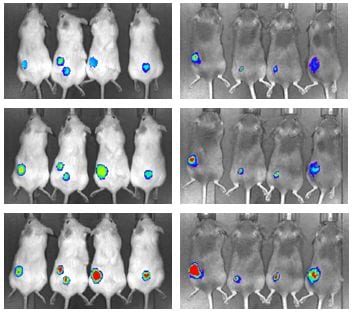

Silver nanoparticles are a more effective cancer treatment in immune competent mice.
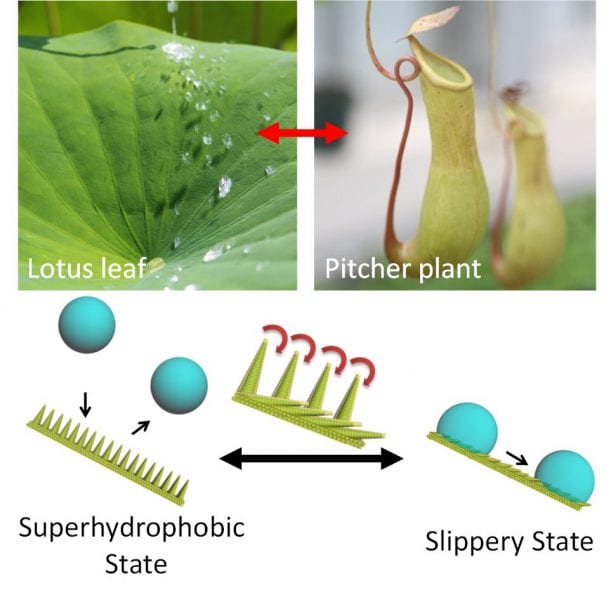
Researchers from Pennsylvania State University, USA, have now revealed a magnetically transformable surface that can reversibly switch between the lotus and the pitcher plant modes
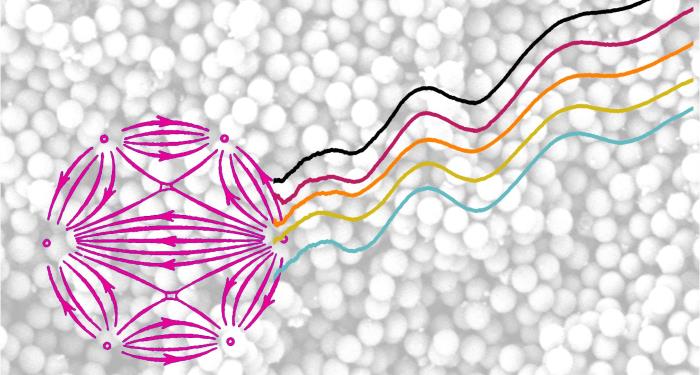
An uniaxial press can assemble monodisperse silica spheres to photonic glasses that exhibit finely tunable Mie scattering.
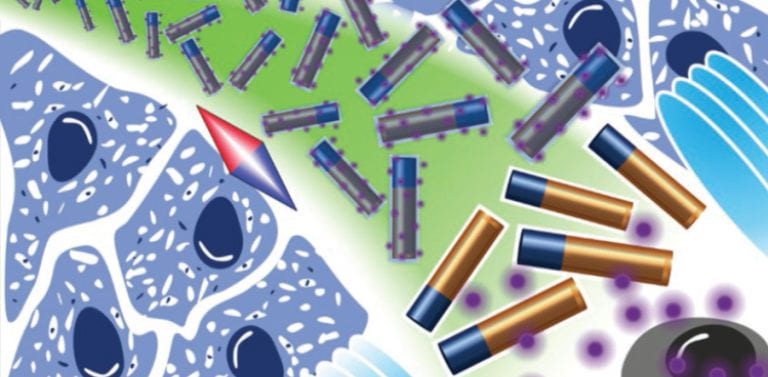
Salvador Pané and colleagues demonstrate core–shell magnetoelectric nanowires that can be triggered using different magnetic fields for targeted drug delivery to kill cancer cells.
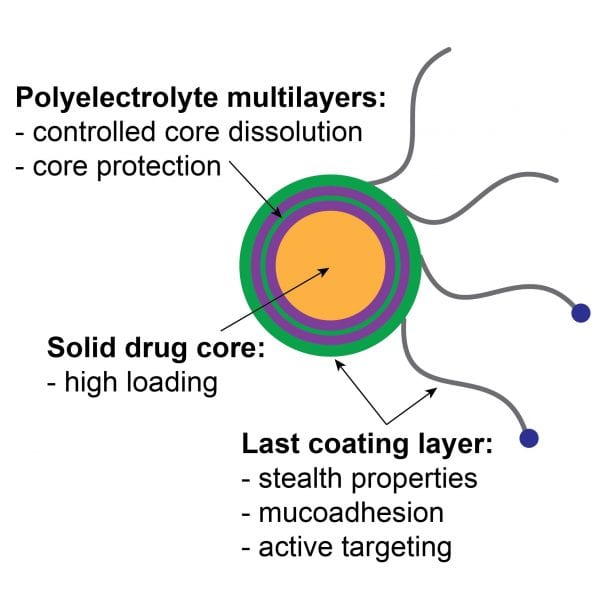
A recent review highlights and discusses the layer-by-layer encapsulation of solid drug particles.
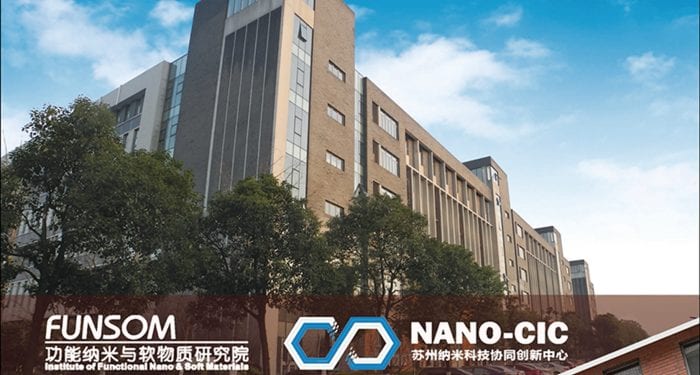
Shuit-Tong Lee and Lifeng Chi have guest edited an issue of Advanced Materials, which provides an insight into the nanoscience research going on in and around Suzhou.
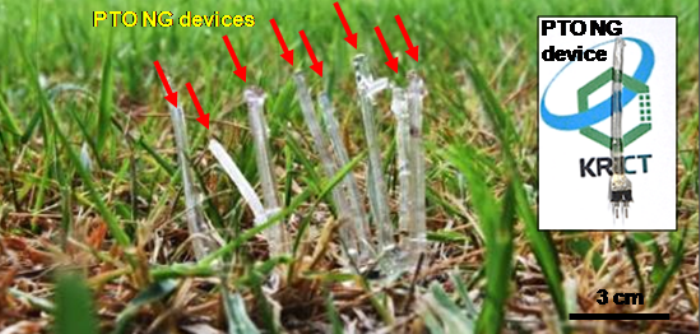
Omnidirectional energy harvesting with perovskite nanogenerators.
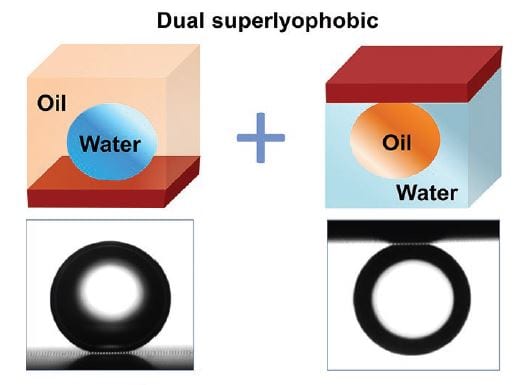
Researchers at Aalto University, in Espoo in Finland, unravel the design principles of unusual dual superlyophobic surfaces in oil–water systems.
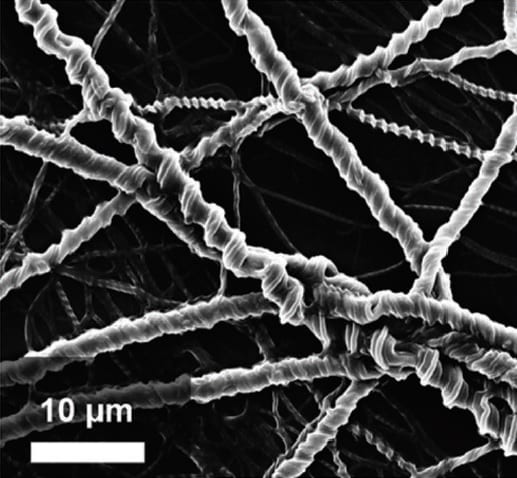
A new class of thermochromic supramolecular material has been designed, which is taking steps toward versatility, sustainability, and scalability.
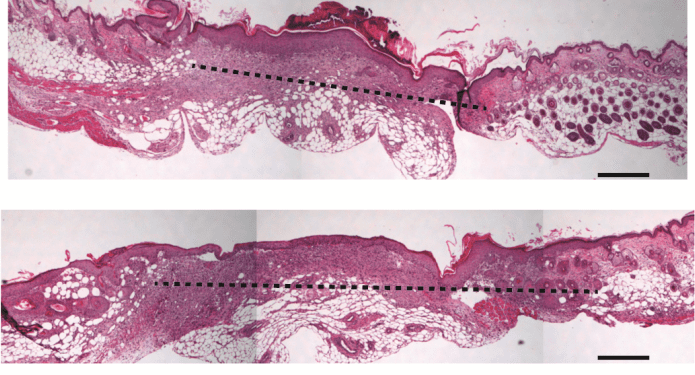
Researchers from the University of South Australia reveal how they use non-toxic porous silicon nanoparticles (pSi NPs) for the controlled release of FnAb to diabetic wounds.